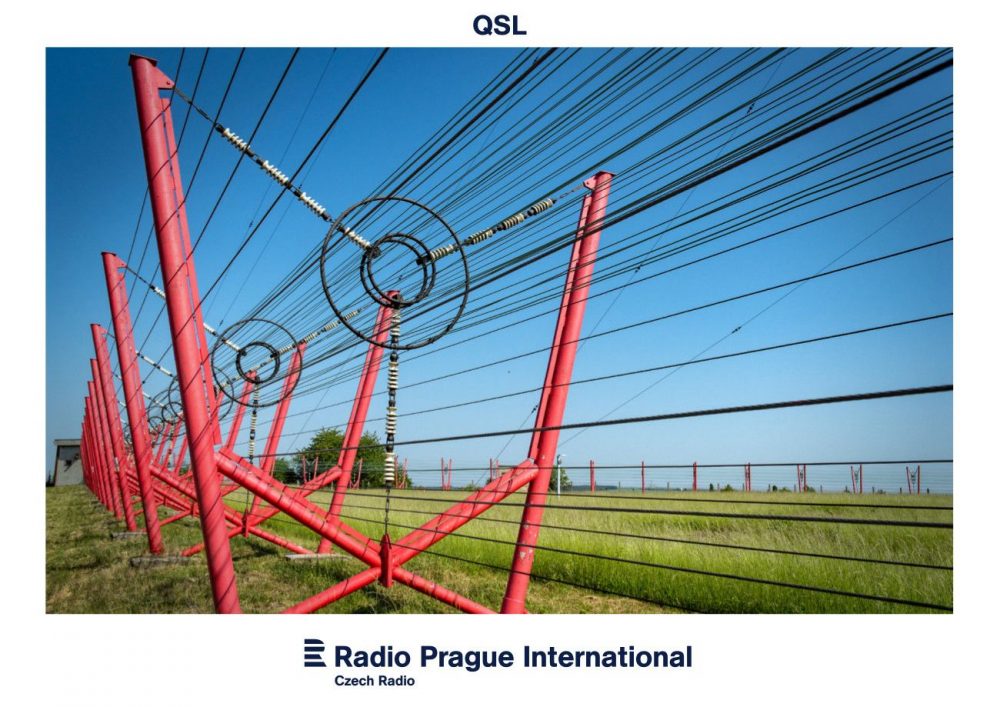Many thanks to SWLing Post contributor, Dziugas, who recently contacted me with the following question:
Hello,
I have a question – what is the legit distance to ask for a QSL card? As a Lithuanian, I have sent (and succeeded) with requests to Hungarian, Czech and Estonian stations. But would it be fine according to DX etiquette to send QSL requests for local/national FM stations? It would be nice to get a collection from them as well.
Thanks
Thank you for sharing your question, Dziugas. I hope that readers will comment with their input, but I’ll share with you how I feel about the matter.
I personally believe if you’re sending an honest, courteous, and detailed report, you can request a QSL from any station. The station could be in your neighborhood for that matter.
Include the basics!
It is very important, however, that you include some basic information in each listener report. Obviously, you’re already doing this Dziugas, but for the record–and others reading this post–I always include:
- When and where I heard the station (date and time in UTC)
- The broadcast frequency (important too for national broadcasters that use local relays)
- Details about the broadcast from my own informed listening:
- Including specifics about the topic being discussed
- Noting any names of presenters or interviewees
- Noting music titles (you can use your phone or an app like Sound Hound to help you ID)
- Noting times I heard details (time stamps)
- A signal report–I always use the SINPO code/system. Of course, with local stations, this might not be as necessary, but I’d still give them an idea of their signal quality.
- How I heard them, giving them details about my receiver and antenna. If it’s an online station, I’ll also let them know if I’ve listened to their stream before (although, I base the QSL on my over-the-air listening–not online listening)
If I’m making a request by email, I’ll often include an MP3 recording, too.
For a more thorough overview though, check out Fred Osteman’s guide to reporting and QSLing at DXing.com.
Frankly, I think it’s a good idea to request QSLs from local and regional stations because these may actually be some of your most cherished QSLs in the future.
Also, keep your expectations in check. You may find it very difficult to get an actual QSL card from broadcasters today–typically, only international broadcasters still send these. I would also send your request via the post if you want a letter or paper reply. Even then, it can be quite challenging to get a reply these days, but go for it and know that when you send a request, you’re representing radio listeners and DXers everywhere, so be a top-shelf diplomat!
With all this said, it sounds like you’re already doing all the right stuff, so I say go for those local QSLs!
Post readers: Please comment with your thoughts and suggestions!


I’m the CE at a public radio station. I get requests for QSLs and detailed reports from all over the world. I’m starting to see more “local” reports from online streaming with barely any information, via email. How can you “confirm reception” when it’s readily available, without having to “try” to receive a signal? I know I don’t have to do anything, but I really don’t want to send a QSL for this…
I once QSLed my local 50kW powerhouse (WJR) but I did it using a 1N34 diode and headphones.
Disappointingly — I got a QSL card but the station didn’t even mention my unusual ‘equipment’ …. 😉
I’ll echo what’s been said so far. A “QSL” is simply a confirmation of a signal received. There is no “Distance” or “DX” stipulation attached to it. Like the others said, if your QSL request is detailed with info that the station engineers will find useful, you’ll have a better chance of getting a response.
As long as you follow Thomas’s “basics” , there isn’t any “legit distance”.
You can ask for a QSL even from when you hear a 1W pirate from across your street.
Your only problem is will your report recipient knows what is a QSL at all and what is a mail with a stamp!!! in our electronic world.
Those guidelines are pretty much what I used when sending dx reports. I also used to send reports to local stations with good success